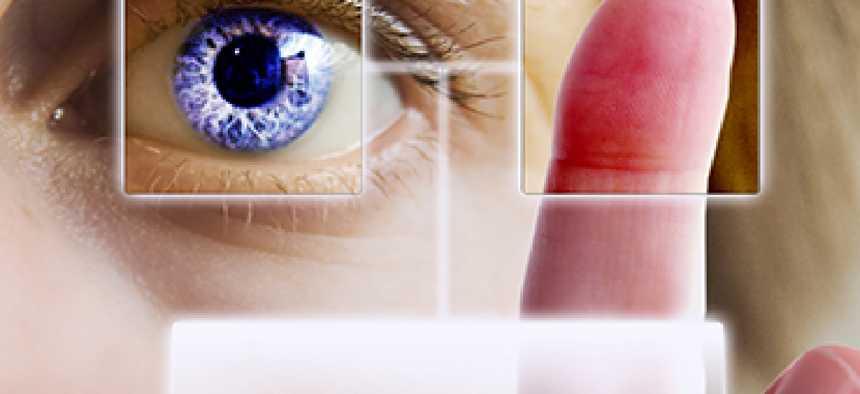USCIS looks go big on biometrics

The immigration agency is developing rules to more aggressively use iris, voice and rapid DNA technologies.

The federal agency responsible for immigration is looking to iris, voice and other biometric authentication capabilities in the coming years to bolster its ability to better identify and track immigrants coming into the U.S.
Paul Hunter, chief of biometrics strategy for U.S. Citizenship and Immigration Services, said his agency is currently looking to establish its authority to use biometric ID capabilities across a number of venues, including application processing systems like the Electronic Immigration System (ELIS).
Hunter said USCIS has expedited the process and expects formal rules on the use of voice, iris and rapid DNA identification by March 2019.
All three technological capabilities promise to transform how USCIS does its work, he said.
A voice print, Hunter told FCW at an AFCEA breakfast panel on Dec. 13, would help “harden” ELIS’ security both online and in person. ELIS has come under withering criticism in the past for its inability to automate processing of the agency’s N-400 Application for Naturalization form and for inadequate background and security checks. The agency, Hunter said, is looking at how to apply voice prints to multiple ELIS applications.
In the next few years, he said, immigration officials could take a voice print along with an applicant’s fingerprints in overseas interviews with potential immigrants. That voice print could then be used to authenticate online users who may access the system remotely to check on their immigration status and other applications.
Voice identification can even help shave seconds off telephone calls for the agency. Hunter said the USCIS call center receives 50,000 calls a day about green-card status. If the center used a voice “print” tied to existing biometric information in the agency’s database to verify a caller’s identity, it might save 25 seconds per call. Multiplied by 50,000, those saved seconds could add up to millions in labor cost savings.
Biometrics in general, and rapid DNA biometric identification in particular, have the potential to transform the immigration process, Hunter said.
Rapid DNA technology can shorten identification matching to hours, instead of months, according to Hunter. It will exactly match relatives. USCIS already uses cotton swabs and lab analysis in the immigration evaluation process to determine whether people who profess to be relatives are indeed related.
“We get a lot of fraud,” said Hunter. Rapid DNA technology, he said, would eliminate having to wait months for a test result and instead have results onsite within hours using increasingly portable rapid DNA ID technology.
The aim of adding new biometric capabilities, he said, “is to have a basket of choices” for the agency and its customers to leverage a more secure set of services from.





